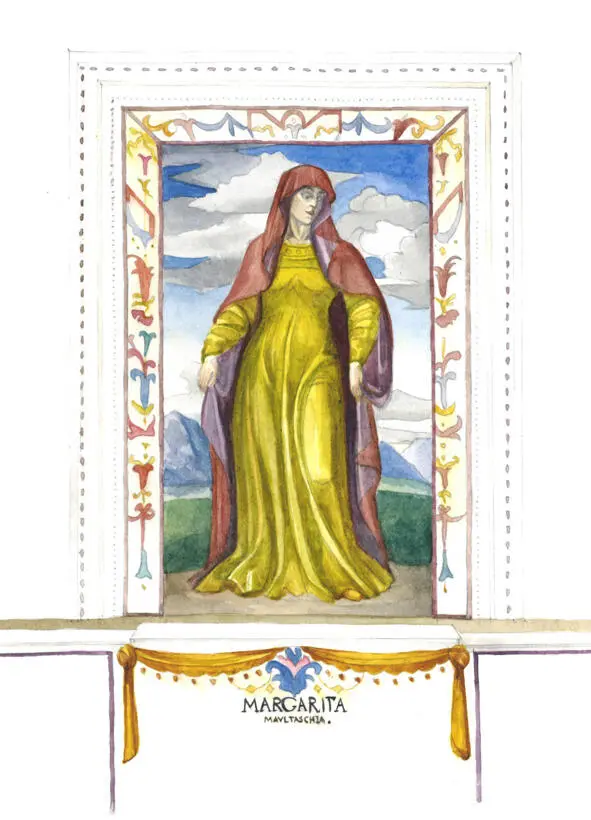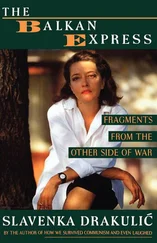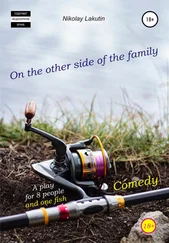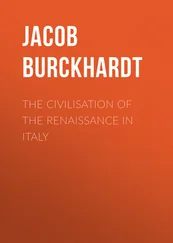But that was the same kind of good-natured laughter that parents laugh when their child says something silly.

From the interview with the architect Walter Angonese for Archi.ru (11.05.2016)
(The conversation is in Italian)
Me: It seems to me that all South Tyroleans love their motherland (patria)?
Walter Angonese: Motherland ( patria ) is not quite the right word. Italian doesn’t have the right equivalent for that, so I will use the German word Heimat . It is not the same as the Italian patria . The Italian word implies a nation, while Heimat is a place, a corner that you come from, where your roots are. The great German poet Kurt Tucholsky defined Heimat as the place where you feel that you are understood. It is Heimat that we, South Tyroleans, love.
Me: They call you an Austrian, German, Italian architect… Which of those do you think you are?
Walter Angonese: I am an architect who works here, in South Tyrol, a region which was largely shaped by its position at the crossroads of two cultures: the Alps and the Mediterranean. And this is a great wealth: we have the heritage of both Central Europe and the Mediterranean at our disposal. This is our capital. If we want, we can be inspired by both worlds, and there is a special beauty in this position. For example, take the way we live: we are quite rational, we work a lot – these qualities are characteristic of Central European, even North European mentality, but we also know how to enjoy life, we like tasty food, we like to have a good drink: we took the best of both cultures.
Me: It seems to me that all the advantages you have named were here already before the Italian influence.
Walter Angonese: Well, I believe that there is some difference between South Tyrol and North Tyrol; it’s about the ability to enjoy life, which we inherited from the Mediterranean culture. It is exactly 3 km from the place where I live to the linguistic barrier, beyond which everyone already speaks Italian. South Tyrol has beautiful landscape and rich history. I consider myself as an architect from South Tyrol, a person with an Italian passport, and a native speaker of German.

Chapter Six.
Margaret According to Feuchtwanger
But this Margaret! The clumsy figure! “Carinthia!” said the Emperor. The underhung jaw! “Tyrol!” said the Emperor. The hanging cheeks! The slanting, prominent teeth! “Trient! Brixen!” said the Emperor. Lion Feuchtwanger, The Ugly Duchess , 1923
Margaret of Tyrol, nicknamed Margarete Maultasch, could hardly imagine that she would get the not so very flattering title of “the ugliest woman in history”. The picture by the 16 thcentury Flemish painter Quentin Massys invariably gathers crowds of visitors in the National Gallery of London. His portrait of the grotesque Ugly Duchess is often referred to as a portrait of Margaret of Tyrol, but that is not true. The caricature image created by Massys is a pseudoportrait having nothing in common with the historical figure. But what did the countess of Tyrol really look like?
This question is difficult to answer. The only portrait made during her lifetime and available today is scarce in details: one can only see the full-length figure of a slender woman, though her facial features are rather vague. Written comments by contemporaries of Margaret of Tyrol are contradictory: in some sources she is described as an ugly, wicked and dissolute woman, while in others she is called a very beautiful lady.
In the Spanish Hall of Ambras Castle in Innsbruck, among portraits of Tyrolean rulers, you can see a full-length picture of Margaret, portrayed against the background of nature. The Countess of Tyrol looks rather attractive in this picture of mid-16 thcentury. This slender, tall woman with harmonious facial features and her eyes modestly cast down cannot be called ugly. Margaret appears as the same attractive woman in the album of engravings Tirolensium Principum Comitum of late 16th century. The author of the album, the Flemish painter and engraver Dominique Kustos, who served at the court of Emperor Rudolf II in Prague, depicts Countess of Tyrol among 28 Counts of Tyrol, from Albert IV (1190—1253) to Rudolf II (1552—1612). In the engraving by Kustos, Margaret looks obviously similar to the portrait from the Ambras Castle Spanish Hall, though the countess’s lower lip seems intentionally exaggerated. Most likely, the artist wanted to emphasize the connection of the nickname Maultasch with one of the meanings of this word – “big-mouthed”. However, even with the disproportionally big lower lip, Margaret doesn’t look unattractive in Kustos’s engraving.
Actually, it is not only Maragaret’s appearance that is veiled in mystery, but also the origin of her nickname – Maultasch. This word can be translated in various ways, from “big-mouthed” and “mouthpocket” to “dumpling”, to “dissolute woman” and even “whore”. If the former three meanings could point to the unattractive appearance of the Countess of Tyrol, the latter two must characterise her behaviour. One version says that Margaret was first called wanton by the family of her first husband, John Henry, with whom, by her own admission, she never was in actual marital relationship. Their marriage was purely political in nature: at the age of 11, the Countess of Tyrol was married off to the 7-year-old son of the Czech king John of Luxembourg. Margaret and John Henry disliked each other at first sight, and as years passed, their attitude to each other turned from neutral to explicitly negatve. Having solicited the support of the Tyrolean nobility and secretely made an alliance with the Holy Roman Emperor Ludwig IV the Bavarian, the Countess expelled her husband from her lands. The emperor announced her marriage to John Henry void, which made it possible for her to marry the senior son of Ludwig the Bavarian – Ludwig V of the House of Wittelsbach, Margrave of Brandenburg in Meran.
The Countess of Tyrol and her new spouse, who got married illegally from the point of view of the church, were immediately excommunicated by Pope Clement VI, who was a political opponent of Ludwig of Bavaria. Tyrol was placed under interdict; church services and ceremonies were banned throughout its territory. The Catholic Church did not approve of Margaret’s actions, and did not hesitate to express its opinion about the Countess, including in the form of diatribes. It is easy to guess that the ruler of Tyrol was portrayed in them as vicious, depraved, and unpleasant both in her appearance and character.
The flow of unflattering epithets used by the church in relation to Margaret was strongly supported by the relatives of her former husband, John Henry. The latter, six years after the marriage of his ex-wife with Ludwig V Wittelsbach, nevertheless decided to marry again, for which he asked the Pope for permission to divorce, recognizing that their union with the Countess of Tyrol was not consummated, but rejecting in advance all the possible charges of impotence. The divorce was approved, and the excommunication of Margaret and Ludwig from the church continued to be in effect for another ten years; only after that, with the support of Albrecht II, who had already petitioned to Pope Innocent VI on behalf of the spouses, it was completely removed.
Читать дальше














